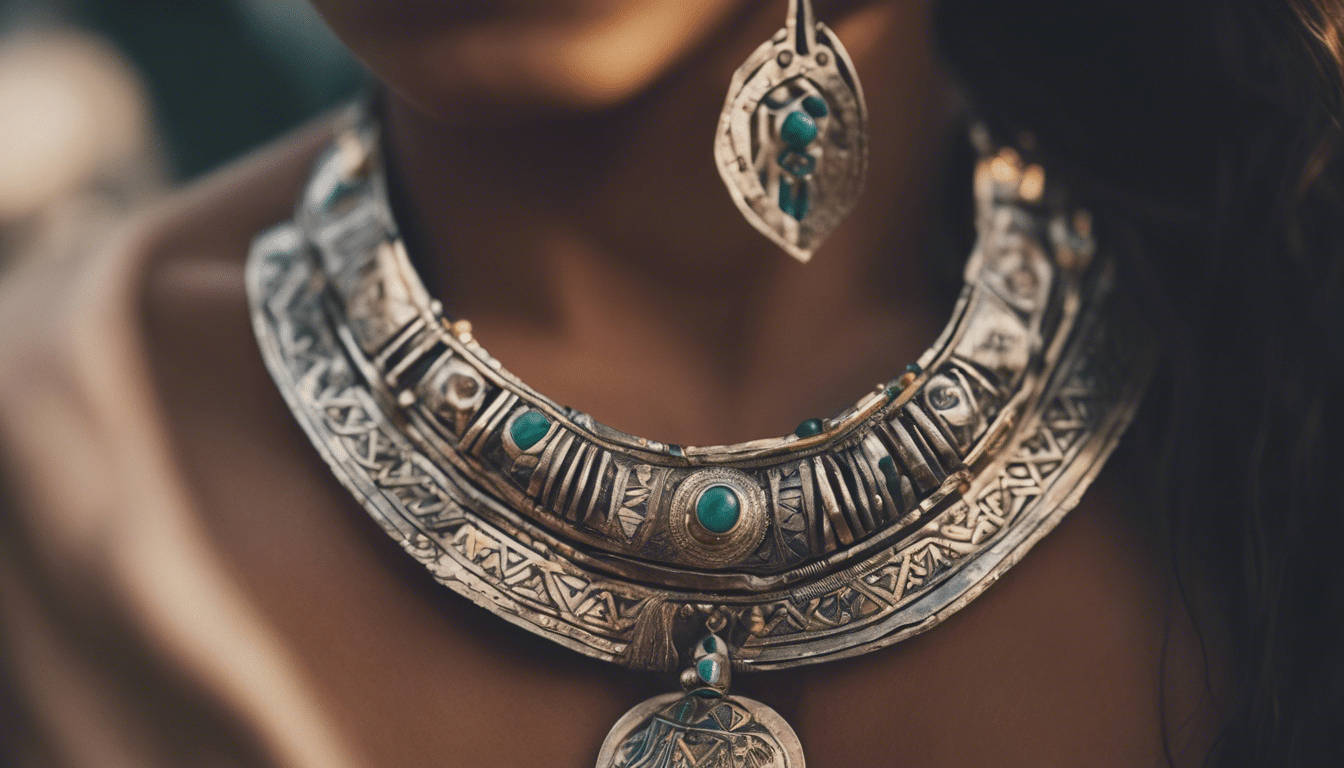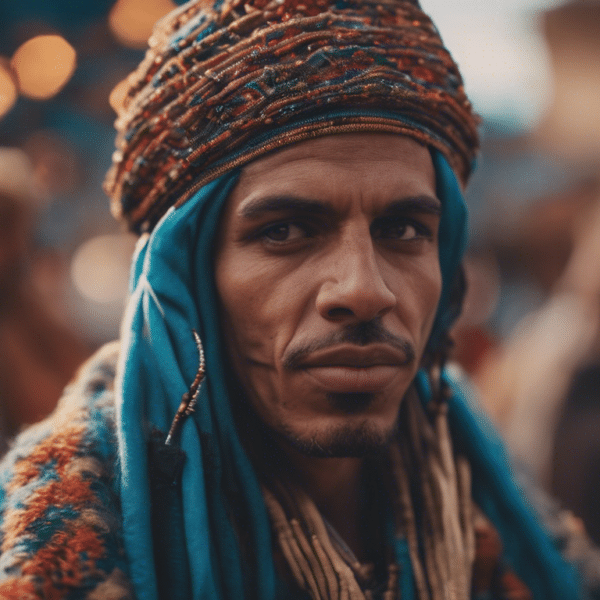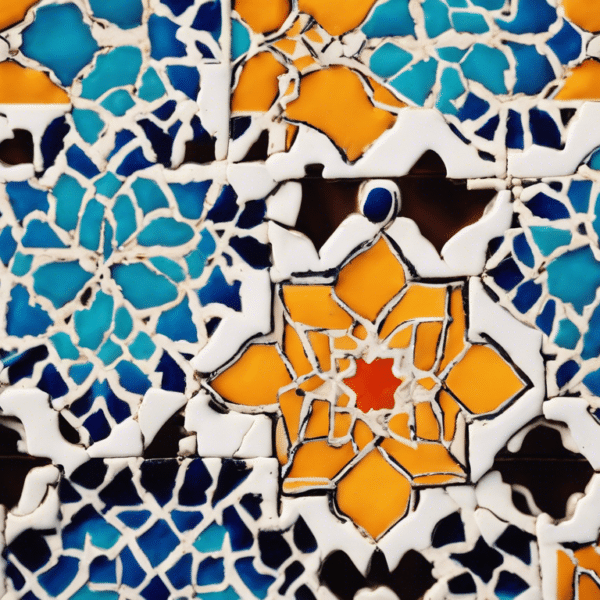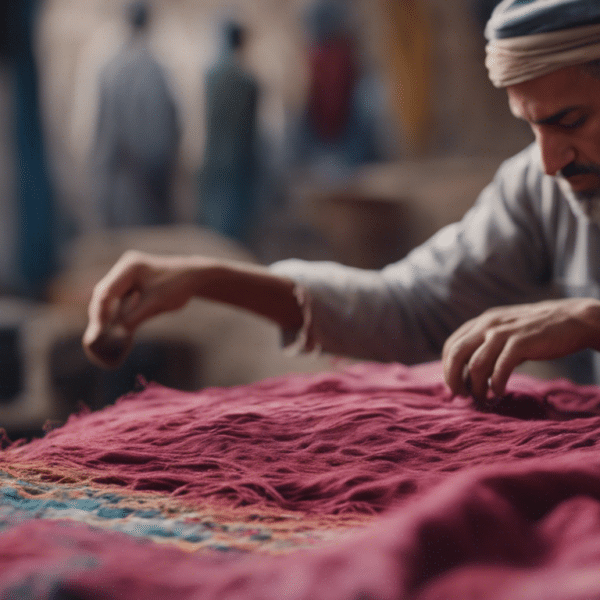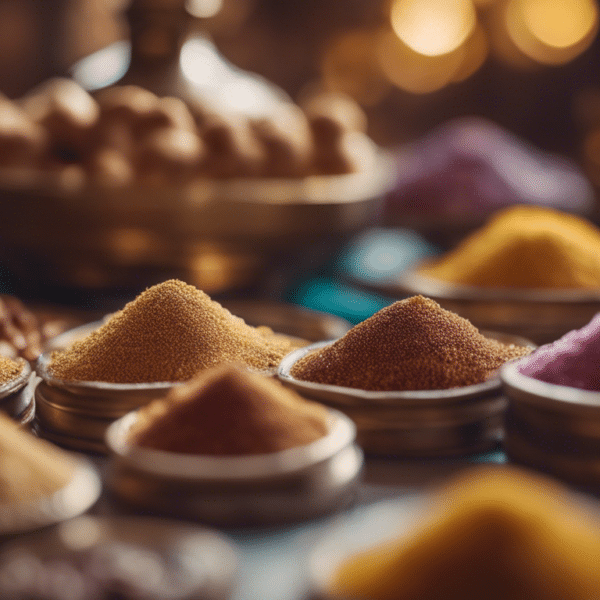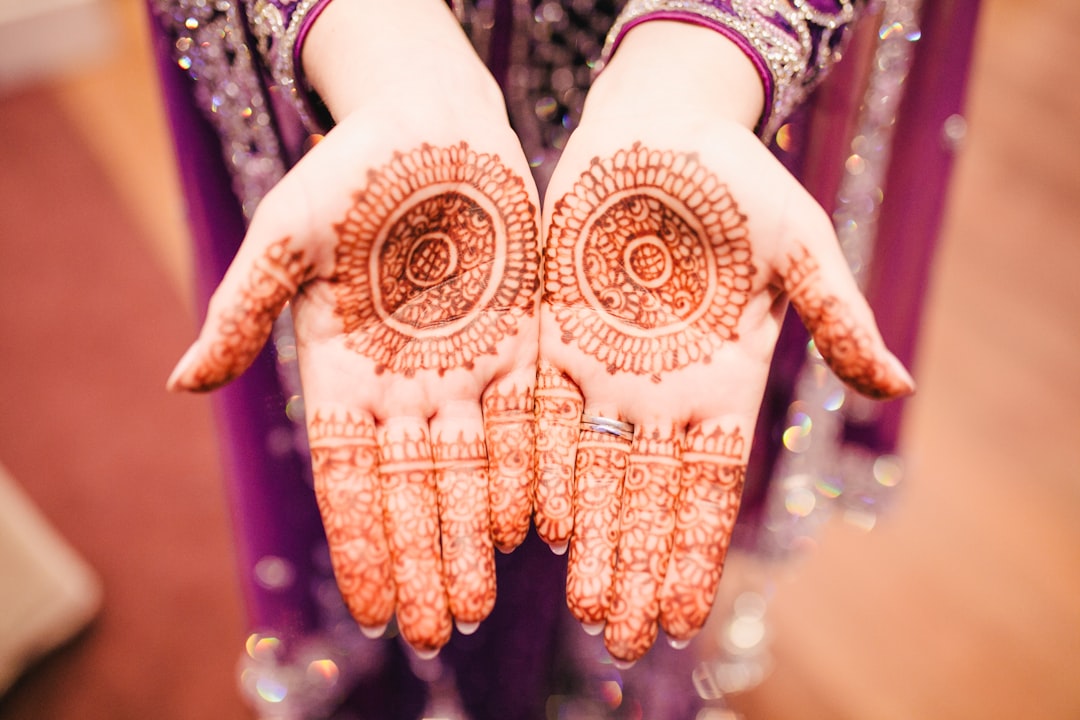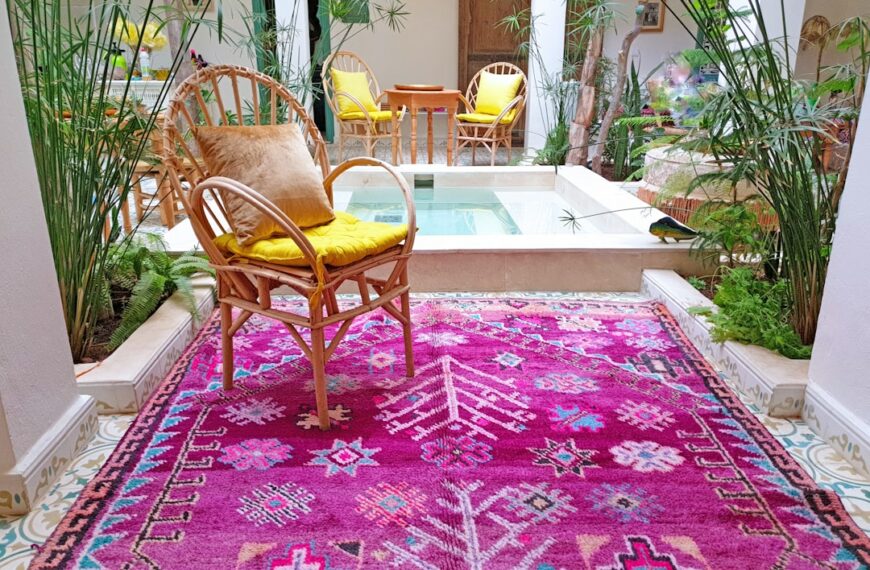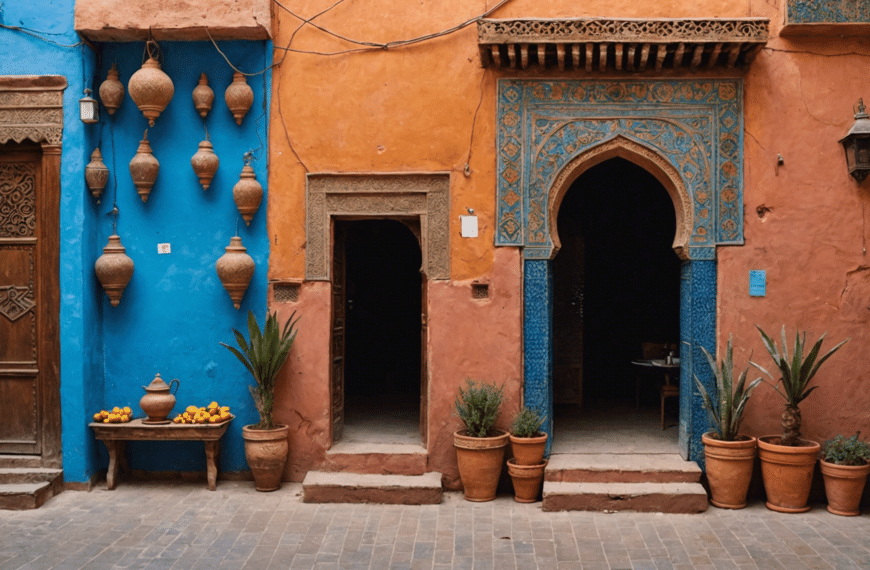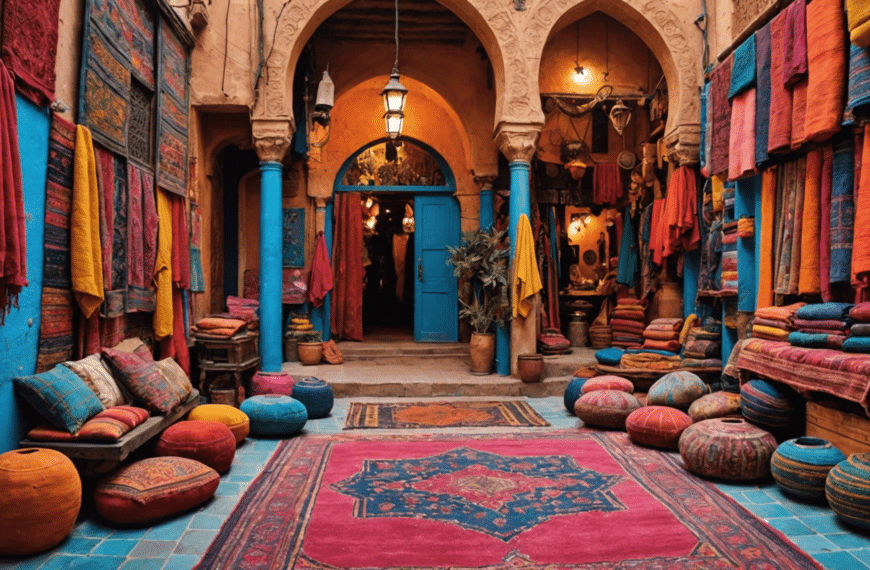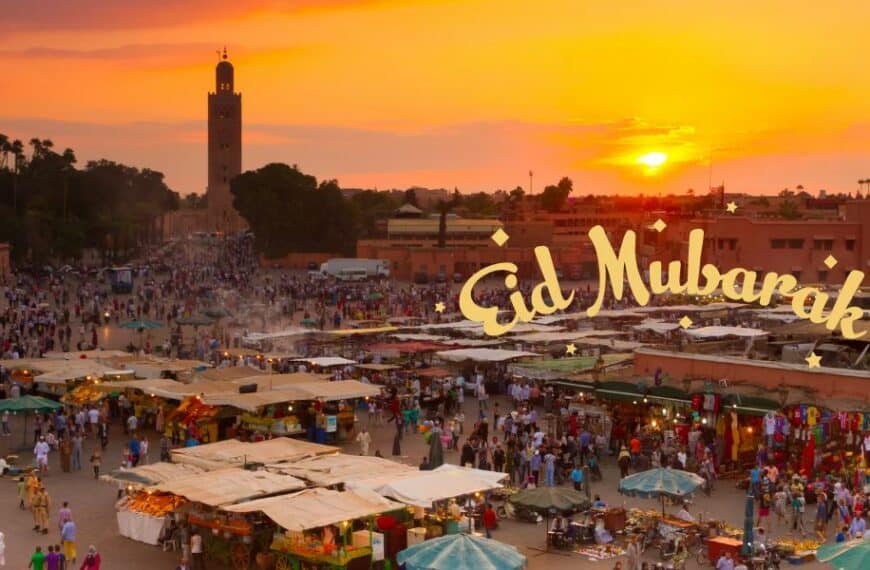Embark on an enchanting journey through the labyrinth of Moroccan traditions, where indigenous jewelry is not merely an accessory, but a tapestry woven with stories, a lustrous reflection of heritage and artistry. Discover the secrets that make Moroccan jewelry a treasure chest of unparalleled uniqueness, from the delicate dance of metal and stone to the ancient symbols etched with meaning that transcends time. Let’s unravel the mystique enshrining these indigenous adornments that continue to captivate hearts and adorn beauty across generations.
Uncovering the allure of Moroccan indigenous jewelry
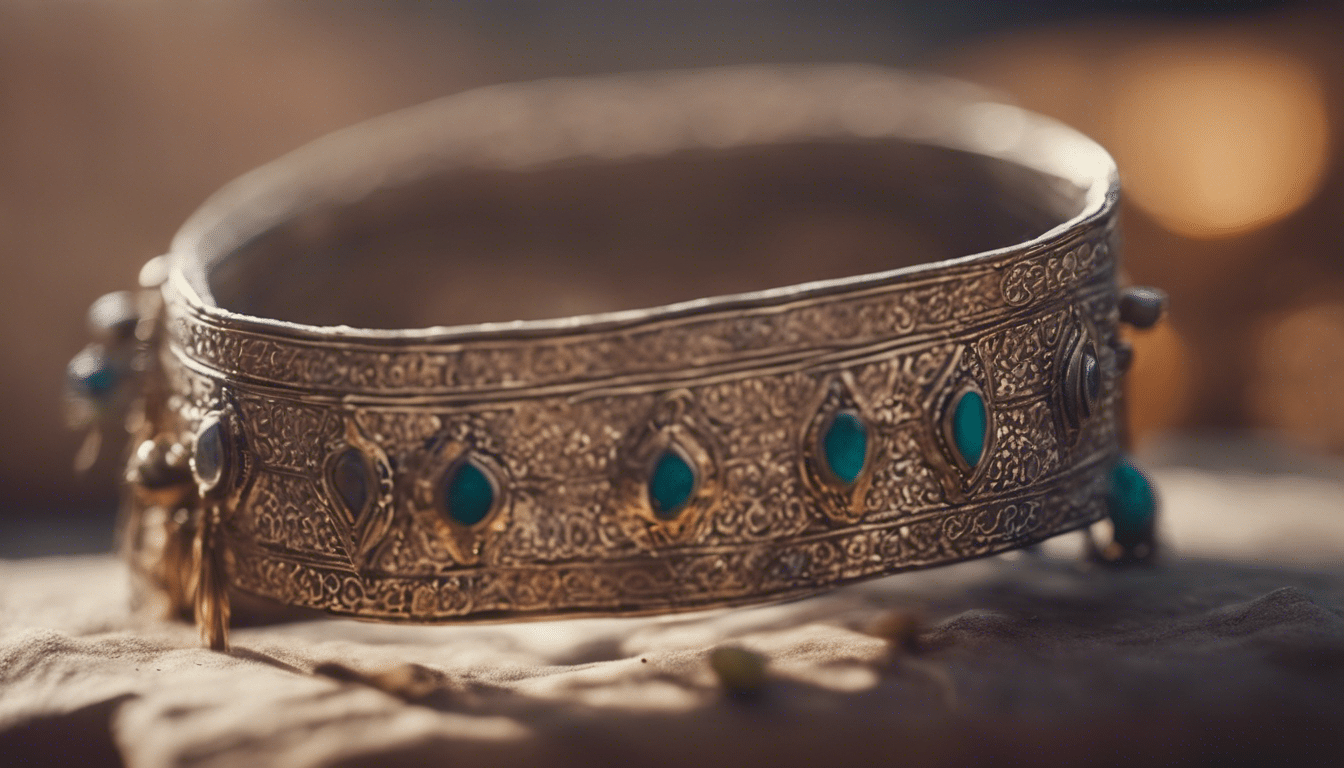
Moroccan indigenous jewelry: uncovering the allure of Moroccan indigenous jewelry
As the sun sets over the bustling souks of Marrakech, the air fills with the mingling scents of mint tea and spices. The winding lanes of this mystical city, rich with the narrative of centuries, lead to alcoves where treasures await. One such treasure that captures the essence of Moroccan heritage is the vibrant realm of Moroccan indigenous jewelry. This jewelry is not merely an accessory but a storyteller, a keeper of memories, and a bridge to the past.
Moroccan indigenous jewelry carries within its intricate designs the wisdom of generations and the artistry of a people deeply connected to their land. Each piece is a testament to the skillful craftsmanship and the cultural diversity that characterizes Morocco. From the Berbers to the Tuaregs, the tapestry of this country’s indigenous communities is woven into the very fabric of the jewelry they create.
Craftsmanship Passed Down Through Generations
Meticulously handcrafted, the jewelry of Morocco’s indigenous artisans is the result of skills passed down from generation to generation. Every hammer’s fall on metal, every carved symbol, and every strung bead is steeped in tradition. Recognizing the nuances of each tribal design offers a window into the past of a proud people defined by their craft.
Symbolism in Design
The symbols and patterns inlayed in Moroccan jewelry carry meanings that are both profound and sacred. The ubiquitous eye, or the ‘evil eye’, is believed to offer protection, while the triangle often symbolizes the nomadic tents of the Sahara. Understanding these nuances adds depth to the appreciation of each piece, making it more than a mere adornment, but a talisman of cultural heritage.
Materials Melded with Meaning
In the realm of Moroccan indigenous jewelry, materials are chosen with intention. Silver is prevalent, signifying purity and clarity; while gems like coral, amber, and turquoise are not only visually arresting but are also revered for their supposed protective and health-promoting properties.
A Dance of Color and Texture
The allure of this jewelry is heightened by the dance of color and texture present in every piece. Vibrant enamels contrast strikingly with the soft glow of silver, while intricate beadwork adds a tactile dimension that beckons touch.
Moroccan Jewelry in Modern Fashion
Today, Moroccan indigenous jewelry is not just a relic of the past, but a vibrant part of contemporary fashion. Its timeless beauty and distinctive style make it sought-after by those looking to add a statement piece to their wardrobe that carries a story and soul.
Preserving the Artistry
Supporting this vibrant art form means preserving a craft that might otherwise fade into the annals of history. Collectors and connoisseurs of Moroccan jewelry are not just purchasing a piece of jewelry; they’re contributing to the livelihood of artisans and helping keep alive a vibrant part of Moroccan culture.
Experience the Journey
To wear Moroccan indigenous jewelry is to carry with you a piece of Morocco’s soul — to be part of a narrative much larger than oneself. It’s an experience, a connection, and, above all, a journey into the heart of a rich cultural tradition that has captivated the imaginations of people the world over.
Embark on your own journey. Uncover the mysteries and the allure of Moroccan indigenous jewelry— a world where each piece whispers tales of the land, the people, and the artisan’s hands that brought it to life.
Traditional materials and craftsmanship techniques
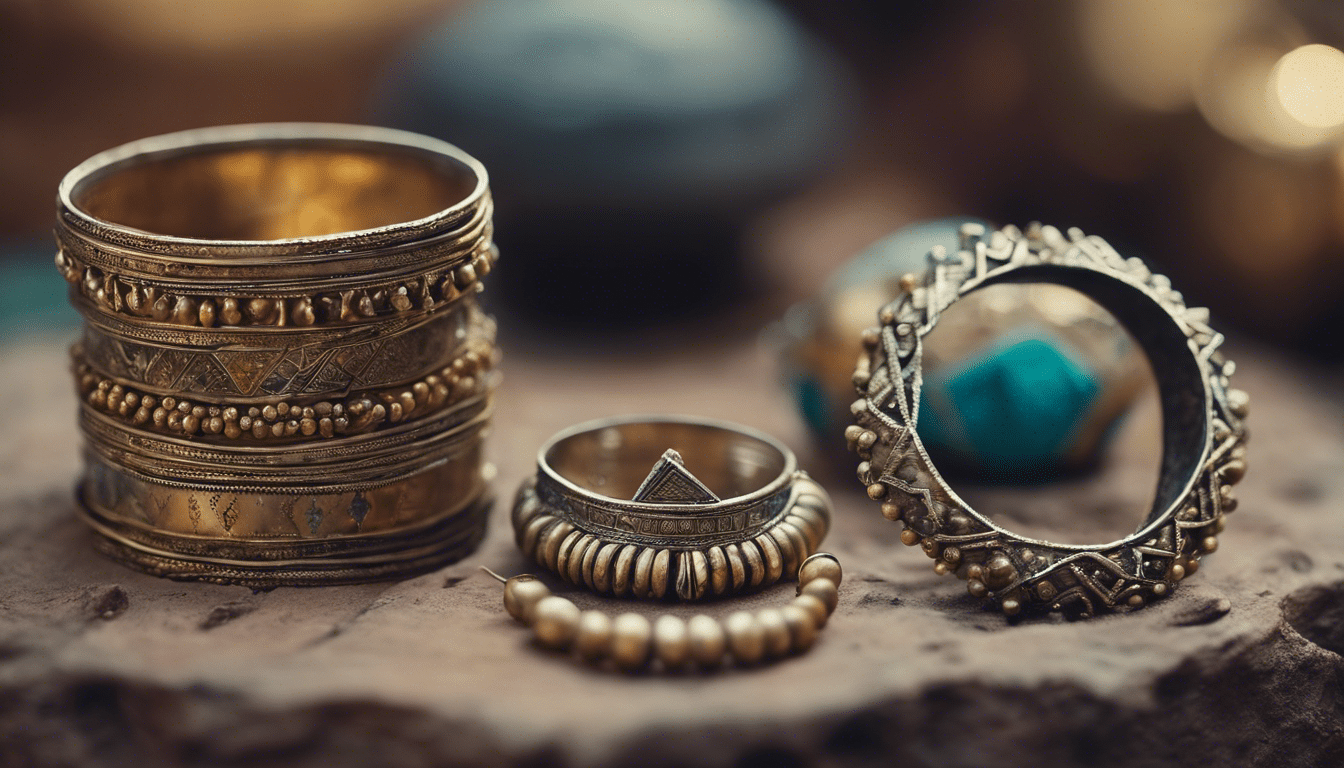
Venturing into the bustling markets of Morocco, you are immediately enveloped by the intoxicating blend of spices, the vivid spectrum of fabrics, and the distinctive clinking of metalwork that defines the local artisans’ stalls. Here, indigenous jewelry crafted with age-old techniques makes more than just a fashion statement; it is a narration of cultural identity and ancestral craftsmanship.
Moroccan indigenous jewelry captivates with its variety of materials that reflect the country’s diverse resources. In a symphony of colors and textures, artisans often employ silver for its malleability and spiritual significance. Laneways of the old medina echo with the work of jewelers using tools passed down through generations to mold the metal into intricate forms reminiscent of Morocco’s multifaceted history.
Berber Jewelry and its Symbolic Motifs
One cannot speak of Moroccan jewelry without paying homage to the Berber tribes, known for their striking adornments. Berber jewelry is not merely decorative; each piece carries symbolism — be it protection against the evil eye or a representation of fertility. Amulets and fibulae, made from silver, adorned with semi-precious stones, coral, and enameling, tell stories of lineage and tribal affiliations.
Amazigh Craftsmanship: A Testament to Tradition
The Amazigh, or Berber, people’s art of jewelry-making is an unbroken thread connecting the present with the ancient past. They use materials like amber, which serves as a symbol of power and protection. Craftsmen intricately link beads and pendants into designs that are deeply rooted in the indigenous narrative — each pattern chronicling a tale from the Amazigh heritage.
Techniques Preserved Through Time
Morocco’s jewelry-making techniques are a marvel of human artistry. The time-honored art of filigree, where thin silver wires are twisted and soldered together, creates a delicate, lace-like effect sought after by collectors and connoisseurs worldwide. Chiseled engraving and chasing are also prominent, manifesting in the intricate geometric patterns that dance across bracelets and necklaces.
Jewelry as a Cultural Bridge
Moroccan indigenous jewelry serves as a bridge between the old and the new, connecting the ancient culture with modern aesthetics. Visitors often find themselves lost in admiration of the fine workmanship that transforms raw materials into wearable art. To witness the full splendor of this craft, one must explore the colorful souks where these treasures come to life in the skilled hands of local artisans.
As you meander through the vibrant alleys of the marketplace, allow your senses to be dazzled by the ancient craft that has withstood the passage of time, embodying the heart and soul of Morocco’s rich cultural tapestry. Whether it is a statement necklace draped elegantly on the neck or a finely wrought bracelet gracing the wrist, Moroccan indigenous jewelry stands out as an emblem of a people profoundly in tune with their heritage and the timeless allure of their craftsmanship traditions.
Symbolism and cultural significance in design
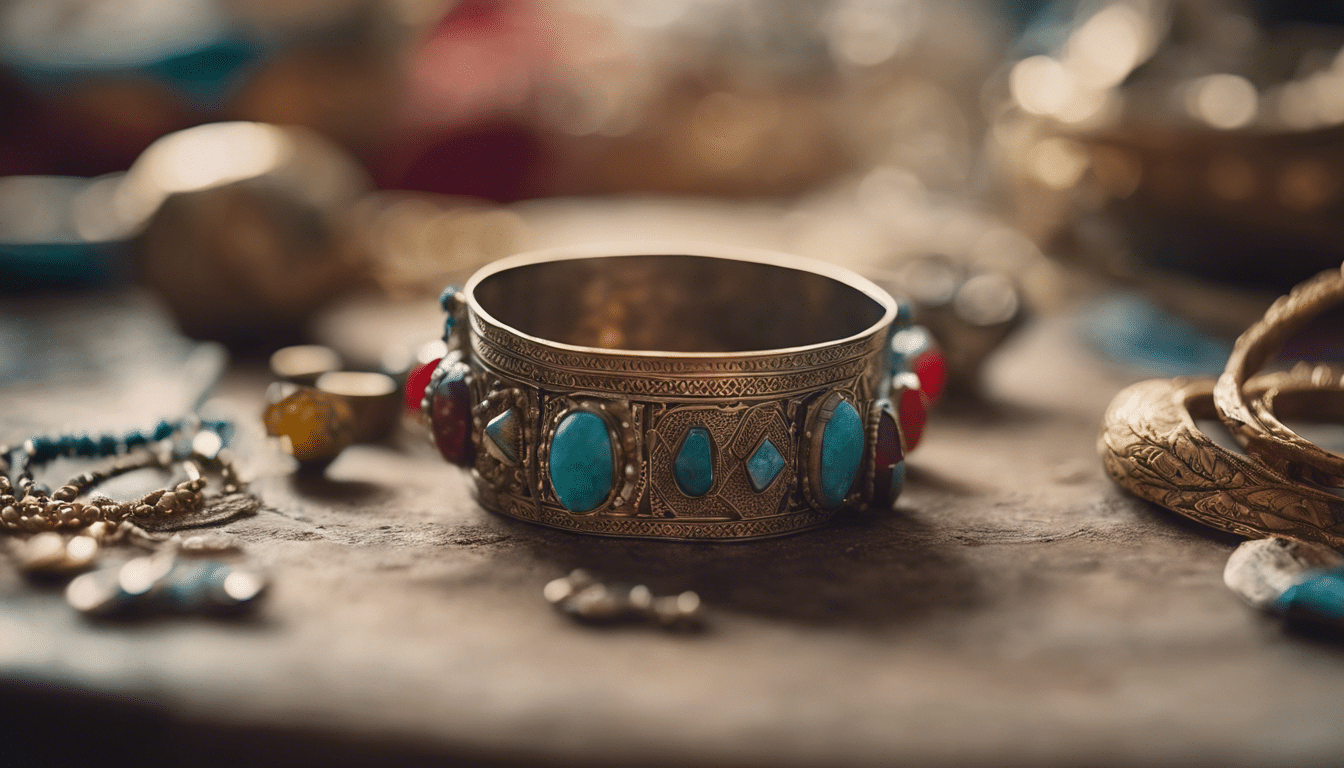
Moroccan indigenous jewelry: symbolism and cultural significance in design
Venturing into the enchanting world of Moroccan indigenous jewelry is like unraveling a tapestry of stories woven with beads, silver, and precious gems. Each piece is not just an accessory; it’s a narrative of history, tradition, and cultural pride that adorns the wearer.
The Roots of Moroccan Jewelry Craftsmanship
Moroccan jewelry-making is an ancient craft, perfected over centuries. The indigenous Amazigh, also known as Berbers, are renowned for their exquisite jewelry designs. Influenced by their nomadic heritage, their pieces are both practical and symbolic, serving as portable wealth and protection amulets. The symbols carved into the metal represent significant themes such as fertility, nature, and the tribal identity of the wearer.
Symbolism Etched in Metal
Every curve and etching in Moroccan indigenous jewelry holds meaning. The triangle, for instance, is a common shape that represents strength and the dynamic female element. The eye, or ‘Taswit’, is a powerful symbol believed to ward off the evil eye and safeguard the wearer. Then there’s the distinctive ‘fibula’, a decorative pin that’s not only used to fasten garments but also signifies social status and ethnic identity.
Gems and Colors: More Than Mere Embellishments
The choice of colored stones and their placement is never random in the design of Moroccan jewelry. Coral, signifying vitality, is often used alongside turquoise, representing healing. Silver, the primary metal used, is believed to have purifying properties. Artisans also incorporate vibrant enamelwork, adding another layer of depth to the symbolism with colors that often represent the natural elements—blue for the sky, green for the earth, and so on.
Cultural Significance and Artistic Expression
Moroccan jewelry is deeply intertwined with the nation’s cultural fabric. It plays a pivotal role in social ceremonies such as weddings, where jewelry is not just for adornment but also forms part of the dowry, symbolizing the groom’s commitment. The intricate designs are a testament to the artisans’ artistic expression, which is influenced by their environment, spirituality, and the interplay of Moroccan cultures.
Preservation of Tradition and Adaptation in Modern Times
Despite the winds of change, the traditional methods of crafting indigenous Moroccan jewelry survive. Today’s artisans are the guardians of this heritage, ensuring that the stories and symbols passed down through generations live on. However, they also adapt, creating pieces that resonate with the modern aesthetic while preserving the symbolism and cultural significance.
In conclusion, Moroccan indigenous jewelry is much more than a mere adornment. Its designs encapsulate a rich history, carry deep-seated symbolism, and reflect a cultural narrative that continues to unfold. These artifacts of beauty and meaning are not only fashion statements but also cultural emissaries that speak of a people and their heritage. As the world looks on, the shimmer of Moroccan jewelry tells an everlasting tale of aesthetic richness and undying tradition.

